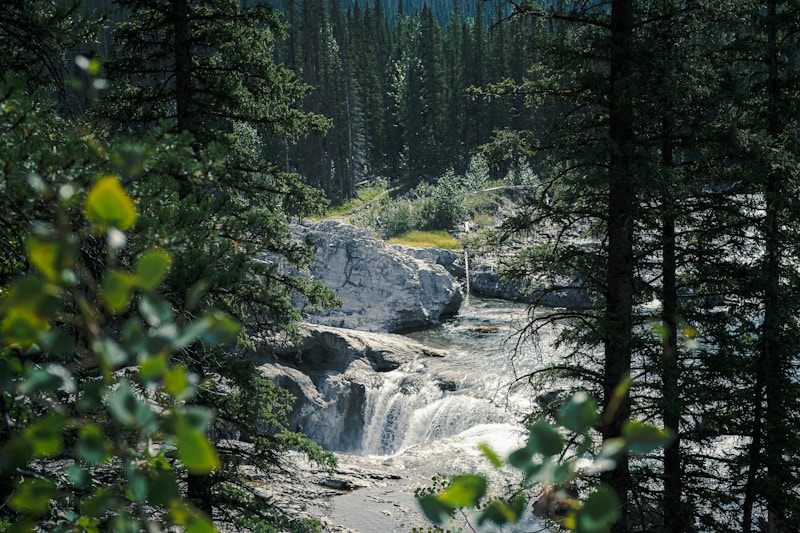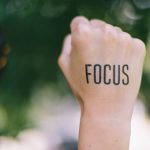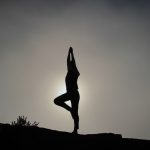In recent months I have explored the wonders of the wrist and the secrets of strong shoulders. Each has a huge influence on the way we practice yoga poses and both, rightly, deserved the individual attention. But, what of the bits of the arm between? Just a couple of bones, a few muscles and a hinge in the middle – let’s take a look and discover the sophistication of this undervalued anatomical part.
Bony Anatomy
Between the wrist and shoulder, we have 3 bones. The humerus (upper arm bone), radius (thumb side of the forearm) and ulna (little finger side of the forearm). When I say which side of the forearm the bones are, I mean in the anatomical position…that is with the arms by the side and palms facing forwards. Here the radius and ulna are lying side by side as they pass from the elbow to the wrist. This is a useful position to describe the arm anatomically but pretty hopeless functionally – as we will discover later.
The elbow joint is a pretty simple hinge allowing the arm to flex (bend), extend (straighten) and in some people hyperextend (straighten beyond straight … kind of bending back on itself). So far, so good. Here is where it gets a bit more tricky.
The forearm is where the clever stuff happens. There are joints between the two bones at the top and bottom ends, called the radio-ulnar joints, that allows the forearm to rotate. Imagine your elbow is bent and tucked into your side with your hand out in front of you, palm facing up – this is supination. Now turn the palm down – this is pronation. To get from supination to pronation the radius has rotated around the ulna. When fully pronated the radius actually lies diagonally across the ulna which has remained pretty much still. And it is pronation that yogis use to weight bear through our hands in poses like adho mukha śvānāsana (downward dog) and bhujańgāsana (cobra). When we use our arms in these poses our forearm is pronated with the radius co9rossed over the ulna.
Muscle Actions
Most people could identify biceps and triceps as the main muscles that bend and straighten the elbow. There are also a few others like anconeus (assists triceps) and brachioradialis (assists biceps) that are involved in that hinge movement at the elbow.
What is less well known is that most of the muscles that work the wrists actually come from the humerus just above the elbow joint. That is the common extensor origin on the outer side of the elbow and the common flexor origin on the inside. And then there are the muscles that pronate and supinate the forearm – supinator (sounds like a superhero, right?), pronator quadratus and biceps too.
Practice Practicalities
Ok, so the arm is more complex than we thought but how does that affect us on the mat? Pronation is what allows the palms to be placed flat on the mat. But that is only one part of the story.
When we bear weight through our hands with elbows straight, there is a natural tendency for the upper arm to follow the pronation trend and internally rotate (turn inwards at the shoulder). This, in turn, hunches our shoulders and uses up all the space between our arms and ears. How do we counteract this? We need to keep the forearm pronated at the same time as we externally rotate the upper arm to create space around the head.
Yoga teachers use cues like
- turn your elbow creases forwards
- slightly bend the elbows and imagine you are squeezing a big beachball between them
- draw your shoulder blades towards the waist
- create space around your ears
All of these intentions create the external rotation at the shoulders that is needed here. The hard part is doing this while the thumb side of the hand stays grounded firmly when it SO wants to lift off the mat. When we are weight bearing through straight arms the aim is to create a spiral through the whole arm where the lower arm rotates inwards into pronation and the upper arm rotates outwards.
Keeping a ‘micro bend’ in the elbows on weight bearing will also facilitate this spiral. Locking the elbows into full extension, or hyperextension makes it much harder to access the muscle actions needed.
Common Problems
Elbows are tolerant joints, they cause few problems in general. They have less trouble with arthritis than many joints unless they have been seriously injured in the past (due to fractures or dislocations). Both of the common origins can become painful, especially in middle age when the tendons become less able to tolerate loading. Tennis elbow is when the common extensor origin is affected and causes pain on gripping activities with pain over the outside of the elbow. Golfers elbow is a similar problem affecting the common flexor origin on the inside of the elbow. Ironically these conditions are rarely seen in the sports people they are named after! And occasionally the olecranon bursa, a small fluid filled sac over the point of the elbow, can become swollen and inflamed causing pain when leaning on the elbows or forearms, like in salamba bhujańgāsana (sphinx).
Modifications for Yogis with Elbow Pain
Elbow pain should not stop a determined yogi from their practise. Try these simple modifications to keep your troublesome elbow comfortable
- Forearm weight bearing –swap ardha pincha mayurāsana (dolphin) for adho mukha śvānāsana (downward dog).
- Hand on hip – rather than opening top arm in poses like trikonasāna (triangle) and Utthita Parsvakonasāna (extended side angle), keep the top hand on that hip and open the chest by drawing the bent arm backward.
- Thumbs in ‘braces’ – in warriors try tucking thumbs in your armpits as if they are tucked under imaginary dungaree straps. This relaxes the muscles of the elbows and may make things more comfortable.
So, next time you think it is all about shoulders and wrists, spare a thought for your elbow and forearm that play such an important role in allowing the rest of the body to get to where it needs to be. Spare a thought for that mobile radius; be grateful for the cleverness that makes it all work and most of all enjoy the freedom that our arms give us in our practise.













